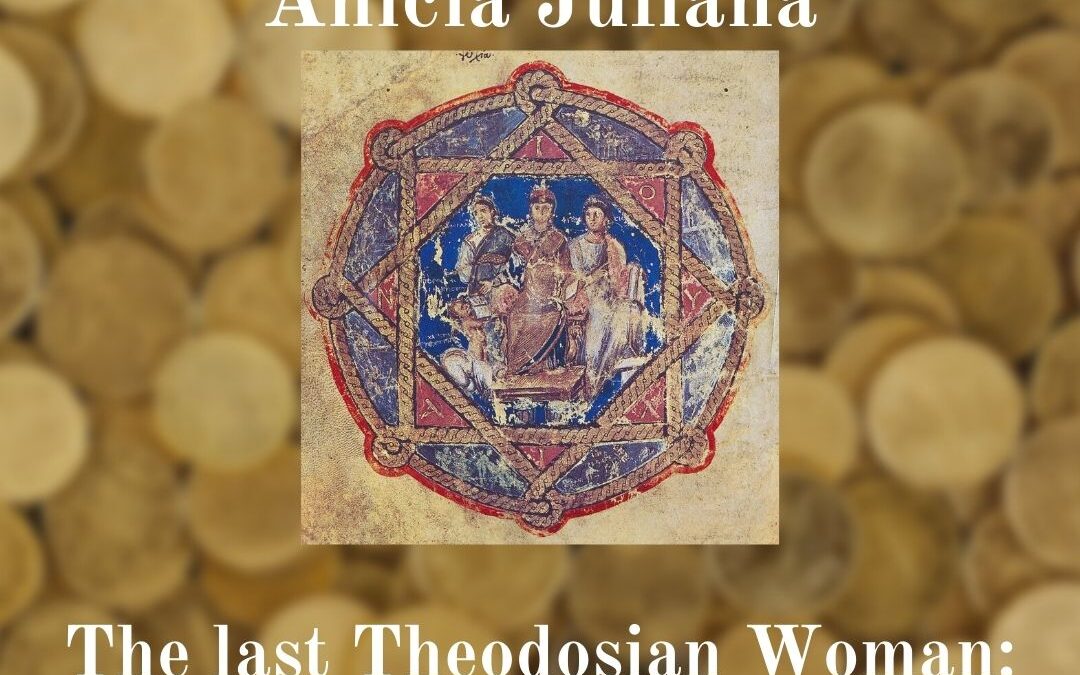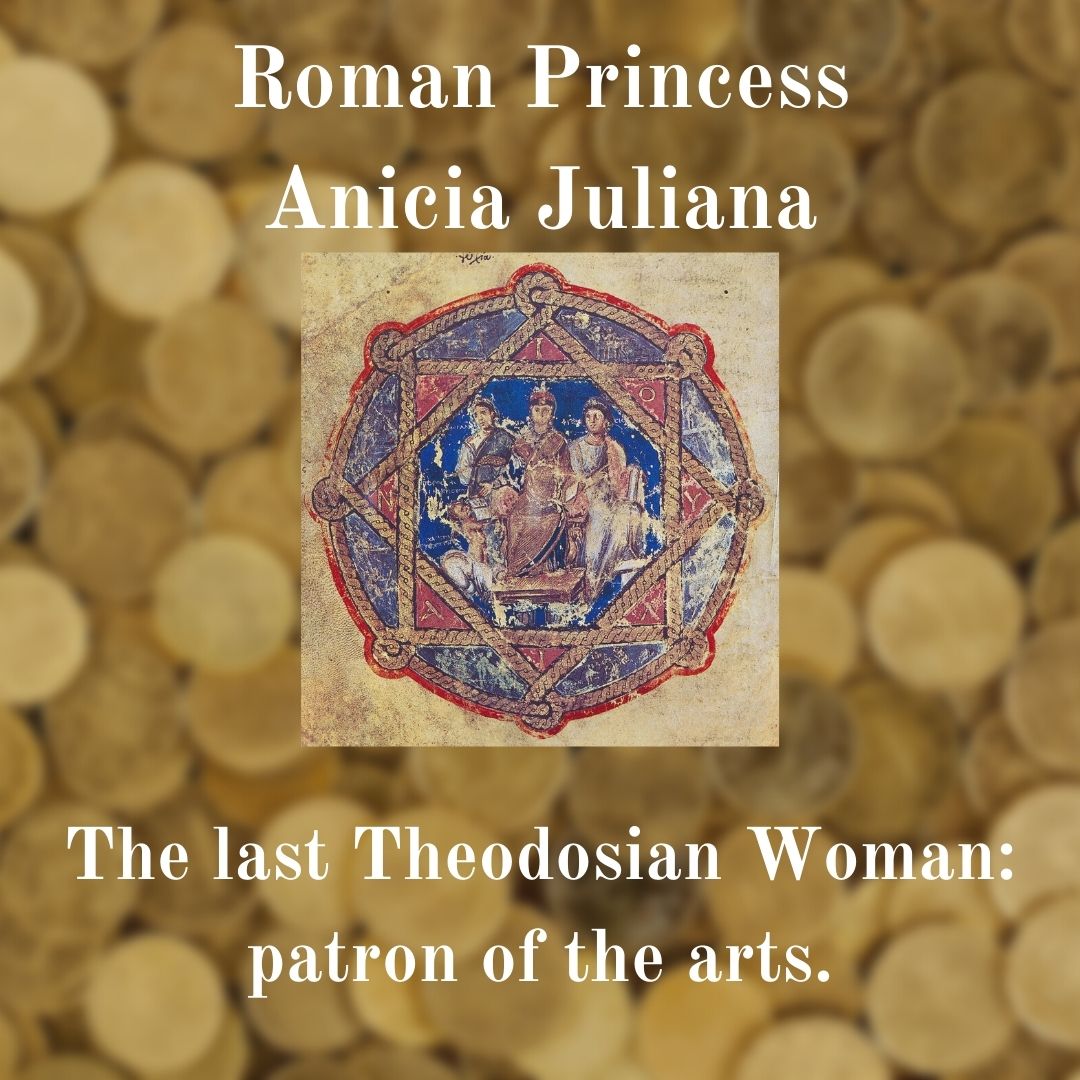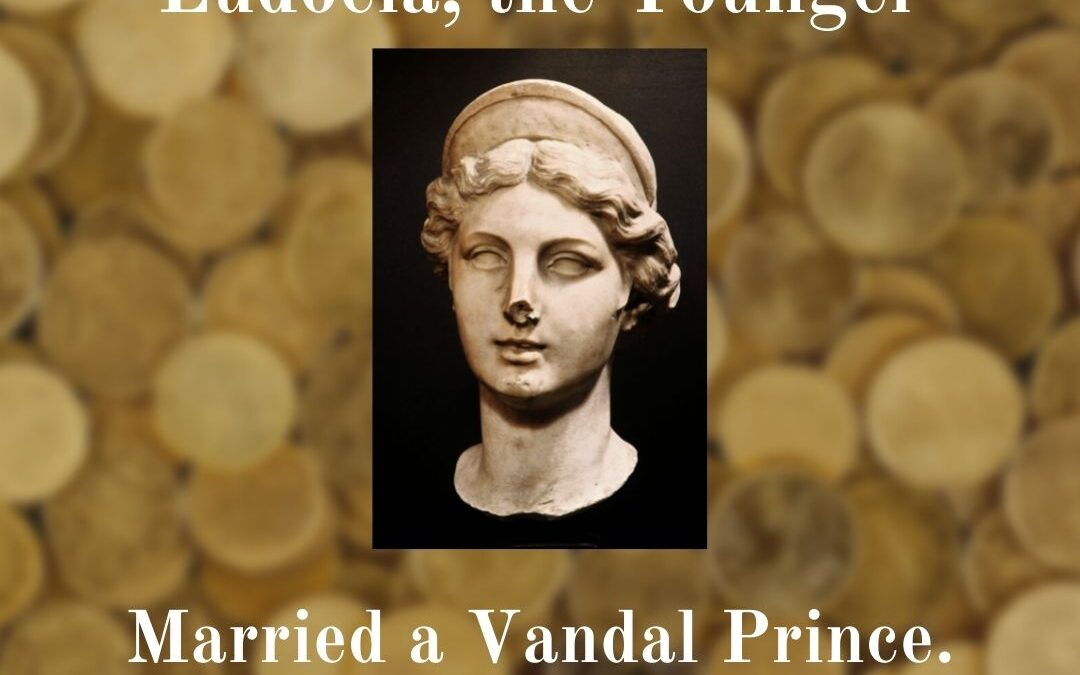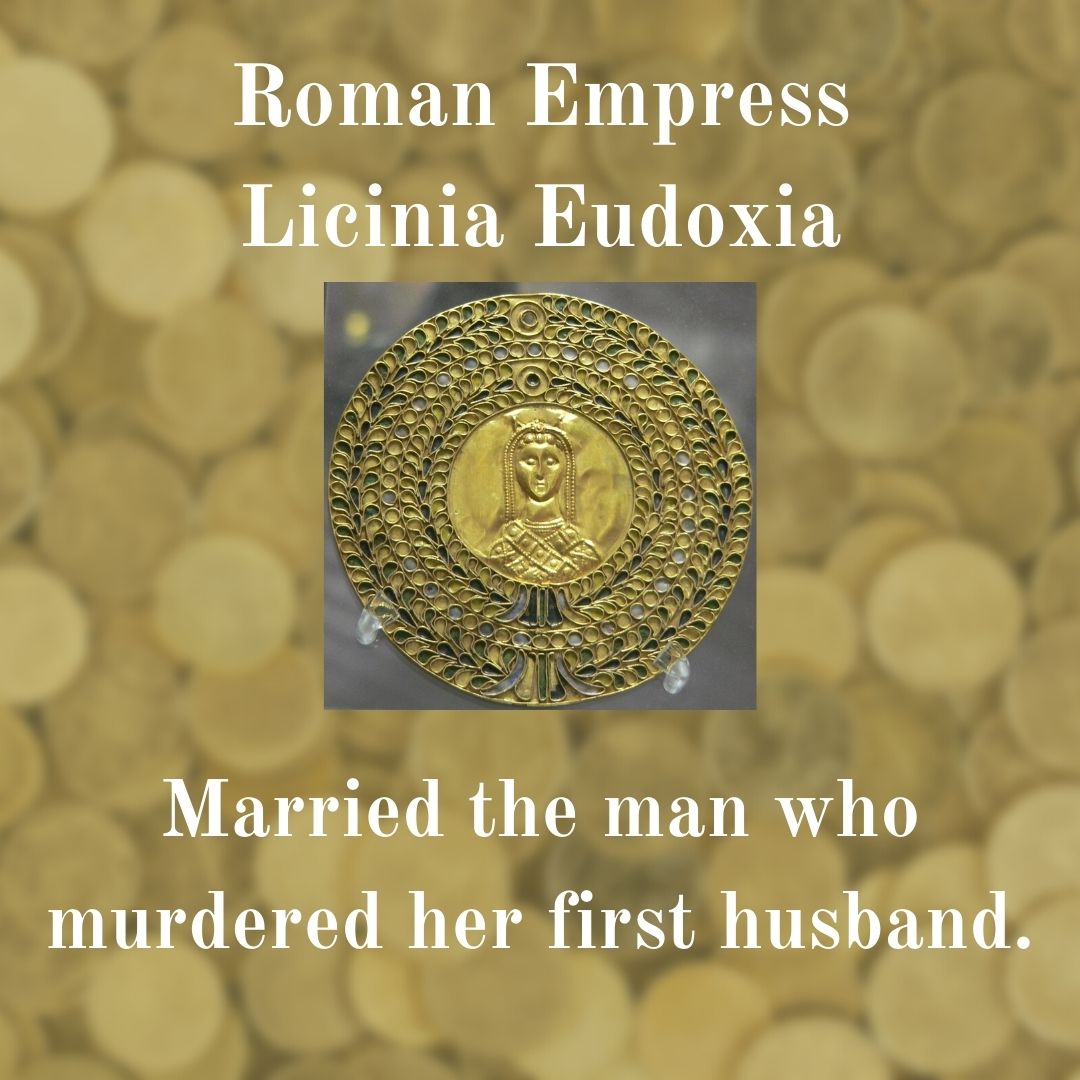
Becoming the Twilight Empress Cover Reveal
Book Birthday: April 15, 2024!

Spring has sprung and today is April Fools Day, but what I have for you is no joke. For the past couple of years I’ve cultivated several projects and they’re finally blooming. I’ll be sharing the details over the next months. Today is the cover reveal and burb for my Theodosian Women novella Becoming the Twilight Empress. This one has been a long time coming. When I put out Twilight Empress several years ago, I cut the first several chapters to keep it a manageable length. During COVID, I completely rewrote and expanded those chapters into a novella showing how Princess Placidia grew into the formidable Queen and Empress we meet in TE. If you enjoyed Twilight Empress, you won’t want to miss Placidia’s origin story. Becoming will be out on April 15th and I’ll have a special deal for my readers. In the meantime here’s the cover and the blurb:
In a tumultuous time of violence, betrayal, and ruthless evil, can one charismatic young woman survive the bloodshed?
Ravenna, A.D. 408. Placidia is watching her family fall apart. When her emperor brother accuses their powerful foster father of treason, the naïve imperial princess tries to reason with her sibling to no avail. And after her foster father is lured out of sanctuary and brutally executed, she flees the toxic court to avoid a forced marriage… but to dubious safety.
Braving increasing peril on her journey to Rome, Placidia barely survives impassable swamps, imperial assassins, and bands of barbarians. When the Goths besiege Rome and a starving populace threaten civil disorder, the daughter of Theodosius the Great must navigate fraught politics to become a vigilant leader… or face an early death.
Can she rise above an empire descending into chaos?
Becoming the Twilight Empress is the breathtaking prequel to the Theodosian Women biographical historical fiction series. If you like tenacious heroines, vivid settings, and nail-biting drama, then you’ll love Faith L. Justice’s captivating coming-of-age adventure.
While you’re waiting for Becoming to appear, here’s a huge collection of free historical fiction by some of the best writers in the genre. Any avid HF reader should be able to find something to their taste. Look closely and you’ll find my collection of HF shorts The Reluctant Groom and Other Historical Stories among these wonderful books. Click on this link (feel free to share) and grab your freebies today (closes April 30) :








